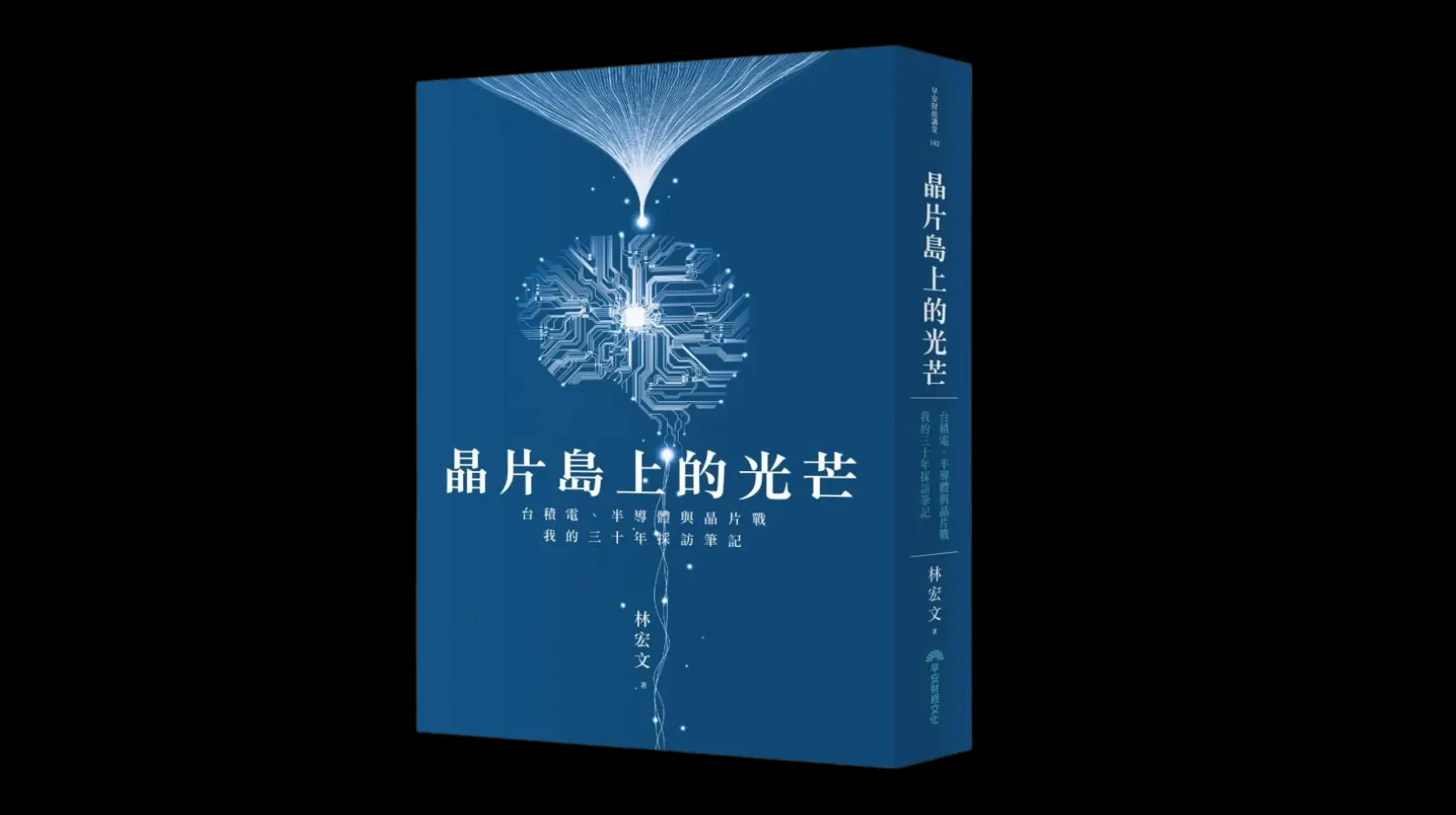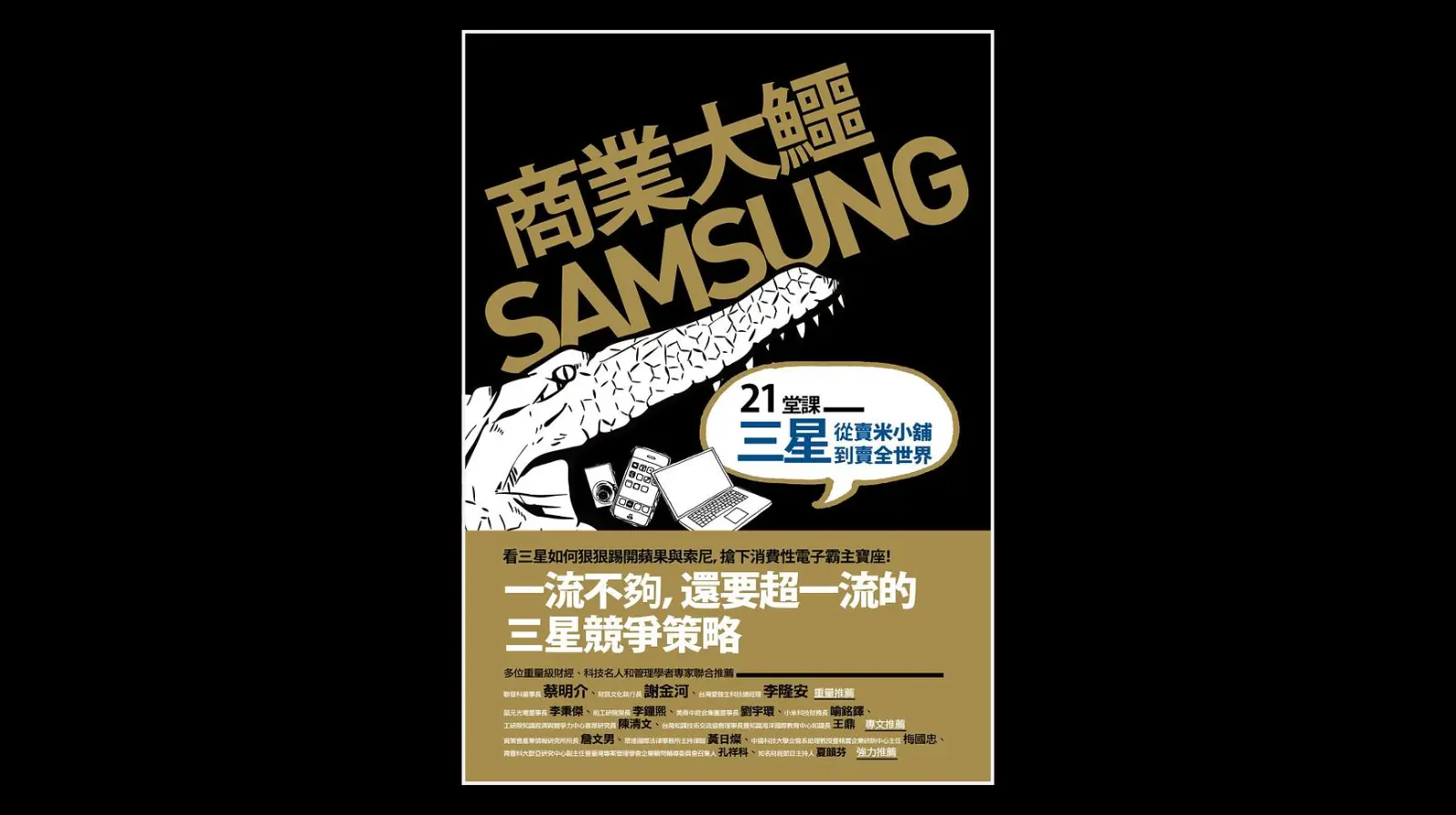Taiwan, a small island on the map, now stands at the heart of the global semiconductor supply chain. In an era of intensifying geopolitical tension and technological competition, TAIWANinside draws on three decades of on-the-ground journalistic experience to deliver firsthand reporting and industry insights from Taiwan, helping the world understand the island’s unique value and role in the global technology landscape.
The Voice of the Chip Island, for the World
Throughout nearly a century of digital innovation, Taiwan has quietly but decisively become one of the most critical hubs of the global semiconductor industry. Over the past 30 years, the world has witnessed Taiwan’s transformation from a technological periphery to the strategic center of the global supply chain. This rise is no accident—it is the cumulative result of deliberate institutional design, policy choices, technological inheritance, and cultural trust. Taiwan’s semiconductor ascent is not merely a technical achievement, but a collaborative experiment spanning government, industry, talent, and society—embodying an ecosystem that is both open and resilient.
TAIWANinside was founded by Lin Hung-wen, a veteran technology and industry journalist from Taiwan. A graduate of National Chiao Tung University—renowned for cultivating generations of semiconductor engineers—Lin transitioned from a technologist to a journalist, using his on-the-ground insights to bring Taiwan’s industrial landscape to the world. This platform is not only a voice for Taiwan, but a source of insight for the world: to understand Taiwan is to understand the future of the semiconductor industry. From Taiwan’s vantage point, one can see how technology, geopolitics, and value chains are converging and being reshaped.
Why create this media platform?
The name “TAIWANinside” draws inspiration from the once-ubiquitous slogan “Intel Inside.” That was an era when nearly every personal computer ran on an Intel processor. Today, more than 90% of the world’s leading-edge chips are manufactured by TSMC. TAIWANinside is not only a literal description—it is also a powerful metaphor for the technological age we live in.
The deeper meaning of this name lies in revealing the institutional design and industrial mechanisms behind the competitiveness of Taiwan’s semiconductor industry.
When a nation’s industrial capacity enables the worldwide spread of smartphones and accelerates the progress of AI, it is not merely an economic contribution but a driving force for the democratization of technology. The semiconductor powerhouse of TSMC inside was, in fact, built upon Taiwan inside, enabling the global technology industry to advance rapidly, bringing technology into millions of households, and making innovation truly a right for all.
The rise of Taiwan’s semiconductor industry is the result of nearly half a century of institutional engineering. Beginning in the 1980s, when the Industrial Technology Research Institute (ITRI) led technology transfers and the government designated semiconductors as a strategic priority, Taiwan forged a unique path—one that combined openness to foreign expertise with grassroots innovation. The result was an industry model distinct from Silicon Valley, yet far more resilient in its institutional design.
With Morris Chang’s founding of TSMC and the advent of the “fabless-foundry” model as a global turning point, Taiwan gradually built a complete supply chain—from chip design and wafer fabrication to packaging, testing, materials, equipment, and skilled talent. Lin Hung-wen’s reporting has covered not only the globally renowned TSMC, but also the thousands of lesser-known local firms that form the industry’s invisible backbone—engineers, mid-sized equipment makers, testing houses, materials suppliers, and entrepreneurs. Together, they constitute one of the world’s most complex and difficult-to-replicate industrial ecosystems.
This is precisely why the world needs firsthand insight from Taiwan. As a witness to this industrial journey, Lin Hung-wen founded this platform to make one point clear: semiconductors are not merely a matter of technological competition—they are a stress test for institutional choices, social collaboration, and global trust.
Why now?
Because semiconductors are no longer just a technological issue—they are at the heart of global governance, value distribution, and geopolitical conflict. As the U.S.–China tech rivalry intensifies, Europe pushes for technological sovereignty, India and Southeast Asia compete for manufacturing capacity, and both the war in Ukraine and tensions in the Taiwan Strait threaten supply stability, semiconductors have become the ultimate stress test of institutional trust and risk diversification for nations worldwide.
Today, global decision-makers are facing the monumental challenge of restructuring supply chain security. Technology executives must stay up-to-date on shifts in materials, processes, and foundry capacity to navigate market volatility and shape investment strategies. Cybersecurity experts and defense policymakers are increasingly reliant on transparent, upstream information about chips to assess system security and the risks of technological dependence. In such a landscape, unfiltered, on-the-ground insights from Taiwan have become an indispensable strategic resource.
This is not merely a journalistic imperative—it is a necessity of our time. Only through firsthand perspectives can we truly understand how Taiwan, built on institutional stability and technological trust, has become both the most critical and the most vulnerable link in the global semiconductor supply chain.
Why Lin Hung-wen?
Because he is not a bystander.
Since the 1990s, Lin has worked as a technology reporter for Taiwan’s Economic Daily News, later becoming deputy editor-in-chief of the influential business publication Business Weekly. For decades, he has chronicled the growth and turning points of the semiconductor industry, developing deep insights across the private sector, government, and technical frontlines—and building a network of firsthand, high-level sources rarely accessible to outsiders.
He is a journalist who has always remained on the ground. For over 30 years—from technology transfers at ITRI to TSMC’s overseas expansion, from policy shifts to changes in the industrial ecosystem—Lin Hung-wen has consistently reported from the field, conducting in-depth interviews and turning key episodes of Taiwan’s semiconductor development into public narratives that society can understand and engage with. His seminal work, Chip Island’s Light, distills years of firsthand observation to present an insider’s view of Taiwan’s semiconductor evolution and cultural foundation. In contrast to the globally acclaimed Chip War by Chris Miller, which approaches the industry from a geopolitical lens, the two books serve as powerful complements—one captures the global structure, the other the island’s lived reality.
This media platform is the natural extension of Lin Hung-wen’s three decades of frontline reporting and writing—originating in Taiwan, connecting to the world, and tracing how institutional choices and the evolution of civilization unfold on the frontlines of technology.

Why publish in three languages?
The semiconductor industry is known for its secrecy and discretion, making information difficult to obtain—and prone to misunderstanding or delay. TAIWANinside publishes in Traditional Chinese, English, and Japanese to bridge linguistic and cultural divides. While adhering to journalistic ethics, the platform enables global technology leaders, industry professionals, and media outlets to access timely and accurate insight into the realities of Taiwan’s semiconductor frontline.
This is not merely a choice of language—it is a choice about the rhythm at which information flows. We aim to be a bridge between Taiwan and the world, delivering essential, insider perspectives—not oversimplified or secondhand accounts processed through translation.
Representative Works of Lin Hung-Wen:
1. 〈Chip Champion—How TSMC and Taiwan Triumph〉Also available in Chinese, Japanese, and Korean editions.

2.〈The 21 Lessons about Samsung〉(Chinese edition only)

3.〈HP way,My way- The experience sharing of 25 HPeers〉(Chinese edition only)

4.〈The Melody of Management〉,co-author John Hsuan,Vice chairman of UMC group(Chinese edition only)

5.〈The Study of competition〉 co-author MK Tsai,chairman of MediaTek(Chinese edition only)

